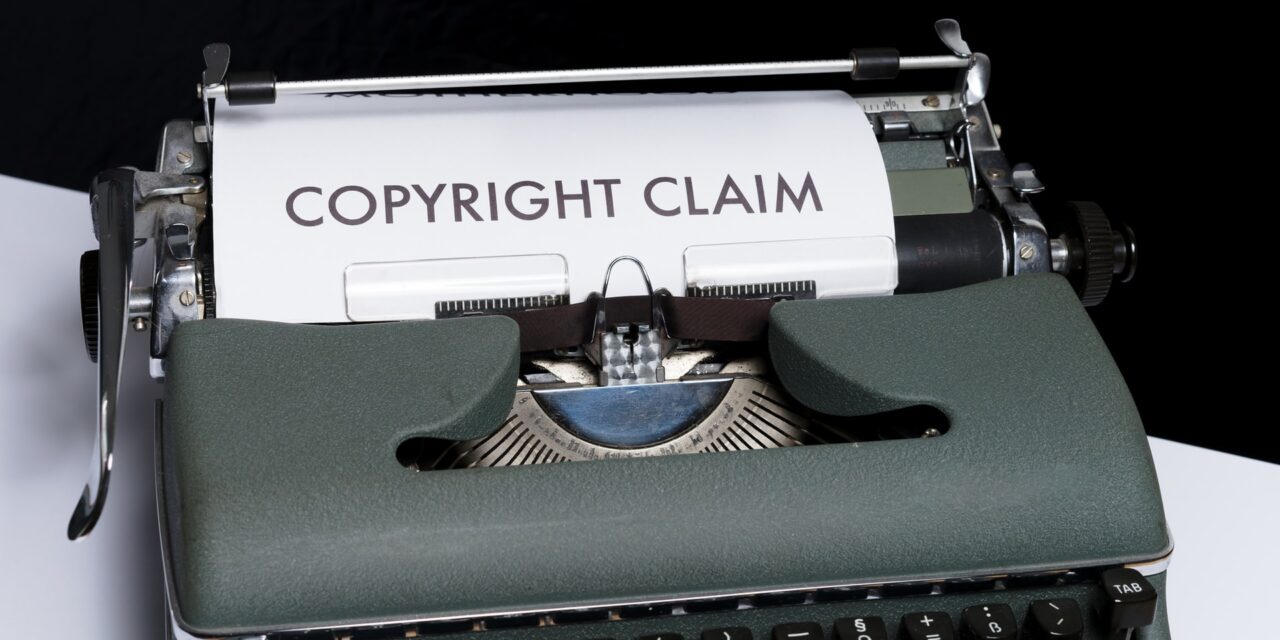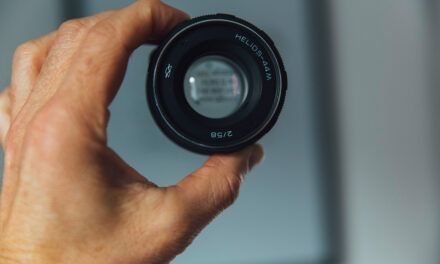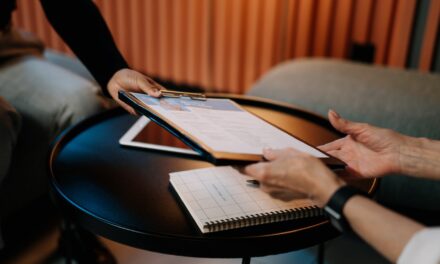Intellectual Property is someone’s creations, works, or products protected through copyrights, trademarks, and patent — depending on item covered. Copyrighting protects works of authorship like music, patents protect the ideas and designs of new products like car designs, and trademarks protect symbols or words of a business, like company logos and slogans (McDonald 2018). By filing for needed trademarks, patents, and copyrights, businesses and creators can make sure their works are protected. If anyone uses their works without permission, it will allow for prosecution and enhanced rights – as it’s more difficult to prosecute for an infringement of copyright if you don’t have a filing registered.
The internet has hugely changed the way businesses can monetize and protect their ideas and products – especially concerning digital products. In my example business, I’ve decided to focus on digital music sales – with the product personally designed being an album of songs written and recorded and sold online through a business website and sales channels like iTunes. With the fear of songs written being copied, sold, and distributed by other music artists, protecting the songs and artists through intellectual property filings is essential.
In the United States, when you write a song, it’s automatically copyrighted. Still, you must file and register each song with the U.S. Copyright Office to protect from imports or copying of your song and allows you to prosecute if copyright is breached (McDonald 2018).
In this case, when it comes to a digital copy of the music, a patent as intellectual property protection wouldn’t be filed as they don’t apply to works of music, but instead are used to protect inventions and physical works. An example in the music world could be a patent on a specific form of digital formatting created for music, like a new, MP3-competing format, but the song lyrics and melodies themselves wouldn’t have patents.
As an enhanced form of protection, the music artists may consider further protecting digital sales and brand by filing trademarks for stage names. For example, if the artist’s stage name is their given name – they could file for a trademark of their name by proving the name represents their brand on two works (e.g., name listed on an album cover). The artist would then have exclusivity when it comes to using the name, further adding layers of intellectual property to the music business brand (“Musicians and Artists Profile,” 2009).
Implementation of Intellectual Property Filings
Applying SDLC (systems development life cycle) methodology to the implementation of intellectual property filings — I believe it would be a great way to manage a musician’s library of created content professionally. SDLC steps include analysis, planning, design, development, testing, deployment, and maintenance.
Through this project, the beginnings of analysis and planning have already begun taking shape, now moving into design and development. In terms of design and development, this may be where something as advanced as an ERP could serve the music artist. With an ERP, the music artist could better manage the various aspects of their music-selling business – including the current status of intellectual property processing for each of the artist’s songs.
For example, an ERP could be used to catalog each song/product, and plug-in dates and submissions for copyright filings, in addition to the many different items needed to build out the business (e.g., bank accounts, business name filings, licenses, and more). As the music artist begins to expand sales, now fully protected as fully filed intellectual property, the artist could then use the ERP to manage all aspects of the business. This could include tracking sales across channels, setting goals, managing performance dates, and making improvements to delivery processes of songs to consumers.
Business and the Larger Environment
Concerning Porter’s Five Forces, I believe the forces are relatively volatile when it comes to businesses selling digital music currently. The five forces include the bargaining power of buyers, threat of new entrants and substitutes, bargaining power of suppliers, and rivalry among existing competitors – all playing a part in a business’s overall potential for success or failure. The threat of substitutes and new entrants is high as songs can be produced faster and at a more top quality, and buyers have increased bargaining power due to the unfortunate illegal downloading of music (Cross 2018).
Due to increased competition and power in the hands of consumers digitally, the efforts spent organizing businesses processes and properly managing intellectual property is essential to protecting business assets. Without, the musician can be left with copied and republished work and music more easily stolen without means of prosecution – and may fall behind other artists, losing competitive advantage.
The music artist may also consider alternative models of business. Giving away music for free, since it’s already being stolen by consumers anyway – and then monetizing by starting to sell merchandise products, printed and shipped. Offering additional products to fans would also require more logistics planning — yet another area where an ERP would be a benefit.
Ultimately, technology has become the double-edged sword for the music artist – allowing musicians to tap into a world of listeners who often illegally share and distribute works but also allowing for more seamless protections due to the availability of online tools. As we move forward, I believe the artists who treat their work as professional, organized businesses and use technology to their advantage, will find the most success throughout the future.
Definitions
- Value Chain – Considering the value chain to improve processes in business to increase business income strategically. The value chain weighs primary activities like logistics, operations, marketing, and services to feed into final profits.
- ERP – Choosing an ERP (enterprise resource planning) software to organize business processes and stay ahead of competitors with an enhanced competitive advantage. ERPs use modules like production, finance and accounting, sales and marketing and more to bring scalability and enhanced control and awareness to a business.
- Intellectual Property (Copyrights/Trademarks/Patents) – Registering for copyrights with the US government to protect works of authorship, protecting business symbols with trademarks and protecting inventions with patent registration are all examples of intellectual property used by businesses and authors of works to protect their products, ideas, and brands.
Works Cited
McDonald, Heather. Want to Protect Your Music? Here’s How to Copyright Your Songs. 27 Nov. 2018, https://www.thebalancecareers.com/how-to-copyright-your-music-and-songs-2460990. Accessed 11 Dec. 2019.
Musicians and Artists Profile. (2009). Retrieved December 12, 2019, from Uspto.gov website: https://www.uspto.gov/learning-and-resources/ip-policy/musicians-and-artists-profile. Accessed 11 Dec. 2019.
Cross, Alan. Why are people still bothering to steal music? (2018, October 21). Retrieved Dec. 11, 2019, from Global News website: https://globalnews.ca/news/4565155/stealing-music/. Accessed 11 Dec. 2019.





